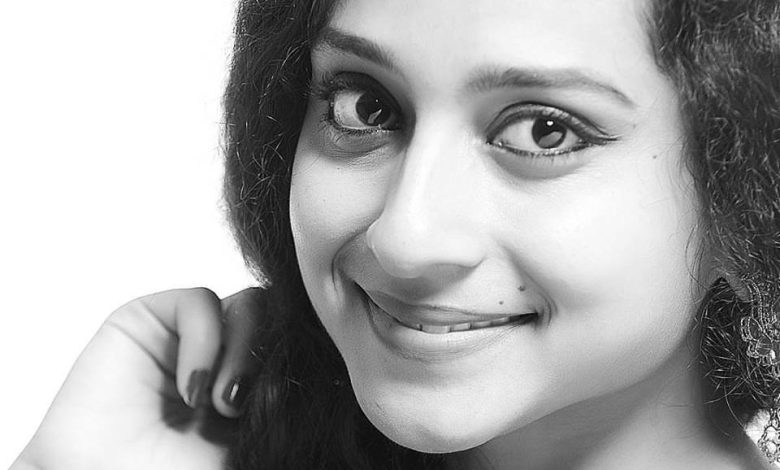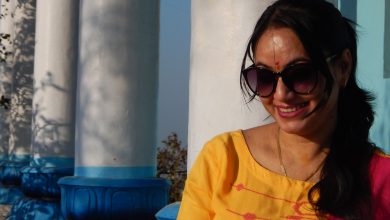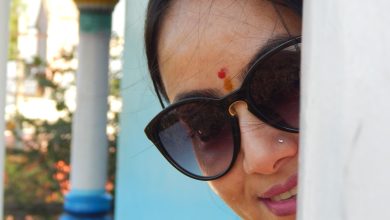
486152383_9358148697595029_1116668770748696083_n

486164850_9358148754261690_6911543141942160203_n

485916544_9358148464261719_1797185602411456974_n

485909396_9358148420928390_4070837075390389781_n

486049334_9358148757595023_8267958941163837425_n

486400180_9358148737595025_5222214420196344205_n

486054296_9358148740928358_6896868469190188779_n

486450631_9358148744261691_3689183803006029319_n

486156224_9358148704261695_3908500929771501936_n

486366954_9358148707595028_3449553616581845879_n

486086403_9358148720928360_6025461101797051814_n

486137264_9358148437595055_1447802396902304636_n

486145256_9358148747595024_3259636834971082021_n

486177560_9358148317595067_665842268865397054_n

485973348_9358148417595057_4591548724708282405_n

486425989_9358148724261693_1659544769738146564_n

485943953_9358148714261694_635666485342385206_n

486465963_9358148717595027_52358475533083451_n

486568372_9358148700928362_8034248224213287954_n

485678414_9358150427594856_7844122561878891471_n

486295910_9358150390928193_4147547115863261267_n

486518430_9358150550928177_2540433816619182665_n

486454001_9358150507594848_4367621338922851130_n

486574750_9358150237594875_7267364673364002296_n

486044788_9358150077594891_6173694411352363033_n

486354620_9358150510928181_2546677312240094577_n

486060945_9358150517594847_3192207261024784340_n

486259643_9358150350928197_4616817936633906955_n

486112080_9358150187594880_761701111880085957_n

486420729_9358150330928199_8948849484946650663_n

486235011_9358150340928198_5756337703797985812_n

486447088_9358150447594854_1573348395600316875_n

486080009_9358150434261522_3781964236214890397_n

485368877_9358150417594857_649265701108603409_n

486231837_9358150190928213_7720353070002833646_n

486467132_9358150137594885_1281453380259695564_n

485964509_9358150264261539_1946078950762512638_n

486333714_9358150244261541_8016685872491038584_n

486182190_9358150140928218_7809792122116977765_n

486176632_9358150554261510_3328696627576214225_n

486546270_9358150130928219_370620787830607458_n

486159861_9358150534261512_8310649134151172413_n

486133448_9358150084261557_8182089991775008158_n

486166617_9358150530928179_8082529977648068270_n

486338450_9358150150928217_6586740399726266299_n

486203870_9358150224261543_1508511564903094965_n

485927375_9358150147594884_1416937742831294349_n

486518430_9358150257594873_4266103898631032707_n

486549629_9358150504261515_1777810836694413789_n

485891279_9358150104261555_4886571299464049957_n

486072119_9358150344261531_4376425595307541014_n

486351527_9358150097594889_8675007181678642062_n

486338657_9358150540928178_8742132866950090904_n

486164351_9358150230928209_5061834976296905422_n

486081877_9358150537594845_8585719331974548242_n

486042095_9358150184261547_535230961480383972_n

486692060_9358150420928190_8479868535541913509_n

486172468_9358150524261513_1608305167329688853_n

486552423_9358150557594843_959144016886682376_n

486338602_9358150154261550_7380052739940354757_n

486542810_9358150294261536_3245259852606387791_n

486322397_9358150354261530_3550235027997726672_n

486573467_9358150124261553_3125223039415424185_n

486255308_9358150120928220_1281474111248758611_n

485905310_9358150514261514_2341682352154263152_n

485778162_9358150360928196_4585257480212556364_n

486576994_9358150404261525_6070600402933457186_n

486124349_9358150487594850_6168638664680728057_n

485979383_9358150277594871_720801332897752844_n

485873816_9358150280928204_4416108253530023821_n

486532590_9358150134261552_1920453548934763759_n

486184062_9358150337594865_5814247535447005000_n

485733538_9358150070928225_8636832867210951340_n

486162565_9358150287594870_4292648830007838148_n

485769742_9358150384261527_6020864762428389759_n

486022565_9358150324261533_6832895191442903086_n

485987678_9358150074261558_2508098601804099110_n

485764120_9358150260928206_2362972733215982516_n

486178649_9358150220928210_2156701754552864732_n

486164350_9358150334261532_565897972472742688_n

486451238_9358150194261546_5543524879654314452_n

486125570_9358150544261511_1863227350023505011_n

485938958_9358150424261523_4550972493501702761_n

486574751_9358150370928195_1363214083616857184_n

485684579_9358150094261556_8350847528554515772_n

486535350_9358150347594864_2890564874727503226_n

486249579_9358150327594866_3972928041393944125_n

486400180_9358150270928205_5993211872849501863_n

486518430_9358150387594860_6090179293977222405_n

486060370_9358150374261528_7464509997349857790_n

486094095_9358150274261538_6621603414252147166_n

485998647_9358150367594862_7258121027813985859_n

485901733_9358150364261529_4326874853447394042_n

486172468_9358150240928208_1267587472387699546_n

485875734_9358150144261551_5530955441781610664_n

486113198_9358150200928212_910402716306756020_n

485938958_9358150307594868_5959748302595628664_n

486325439_9358150320928200_8007523713504300360_n

486603686_9358150357594863_1155721837352127443_n

486537808_9358150400928192_3837844515229649709_n










